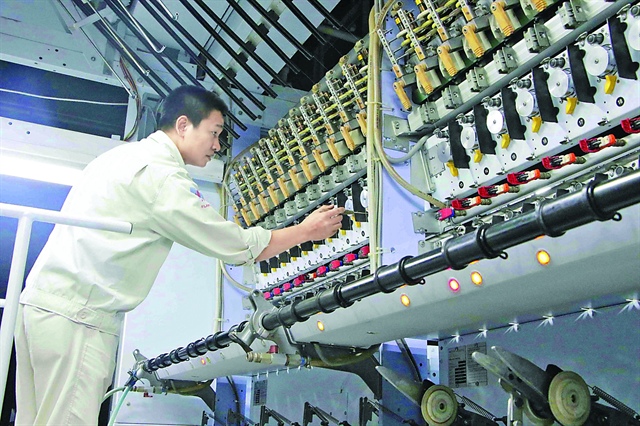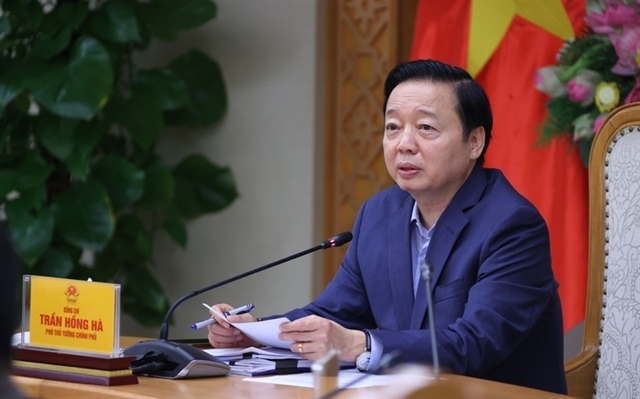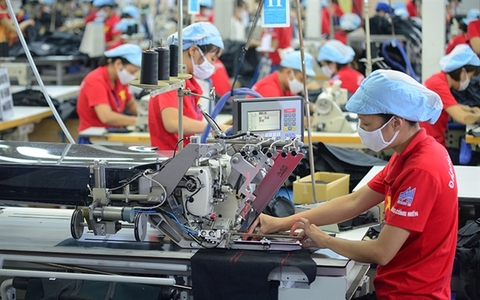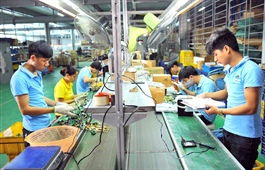Strategy stitches together a better skilled garment-textile workforce
Strategy stitches together a better skilled garment-textile workforce
Vietnam’s textile and garment industry is a leading economic sector yielding high export revenues and providing many jobs. However, a majority of the textile and garment labor force is unskilled. Workers perform basic processing stages, but there is a labor shortage in more advanced stages such as dyeing, fabric finishing or design that require technical qualifications.
Enterprises have not formed sustainable links with vocational centers to cooperate on providing a better trained workforce. What is more, many enterprises promote skilled workers into management positions although they lack management qualifications and experience.

Workers play an important role in developing support industries for the textile and garment industry |
The draft strategy for the development of the textile and garment industry to 2030, with a vision to 2035, sets out a roadmap to address these problems, which includes research and forecasts of labor demand in industries in general, and the textile industry in general, to orient the enrollment for training institutions, and dissemination of information on labor demand in the textile and garment industry. The roadmap also calls for a shift from manufacturing outsourcing to other forms requiring higher capacity in supply chain and value chain management; designing and building brands based on modern technology associated with quality management, labor management and environmental protection systems according to international standards.
At the same time, the strategy also requires the development of human resources trained in vital new design, product development and technology skills for the textile and garment industry; enhanced links between domestic and foreign training institutions, and between training institutions and enterprises, in order to improve training quality to meet demand; improved policy making capacity on compliance and labor inspections in the textile, garment and footwear industries; collaboration with employers to ensure safe and healthy working conditions, and development of harmonious and stable labor relations.
For their part, the companies operating in this field must invest selectively in modern technologies, accompanied by appropriate human resource preparation; contribute to setting professional standards of jobs; coordinate with schools on training, recruiting and improving the quality of human resources.
|
According to many experts, the added value of textile products value will only increase when Vietnam’s support industries are able to produce most of the materials that manufacturers are now forced to import. |

























